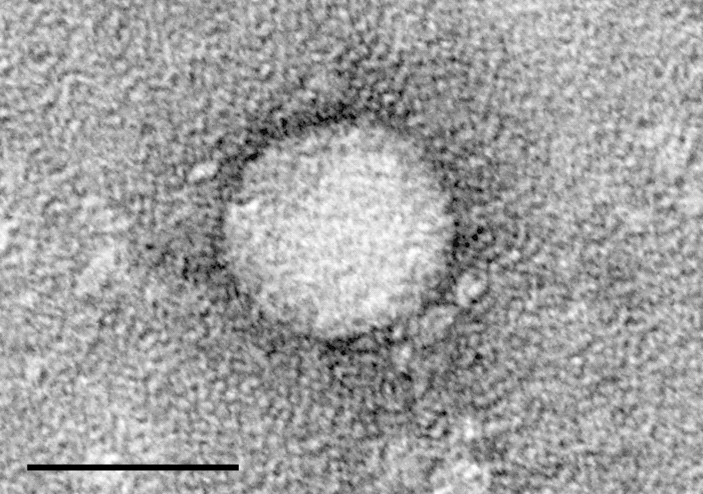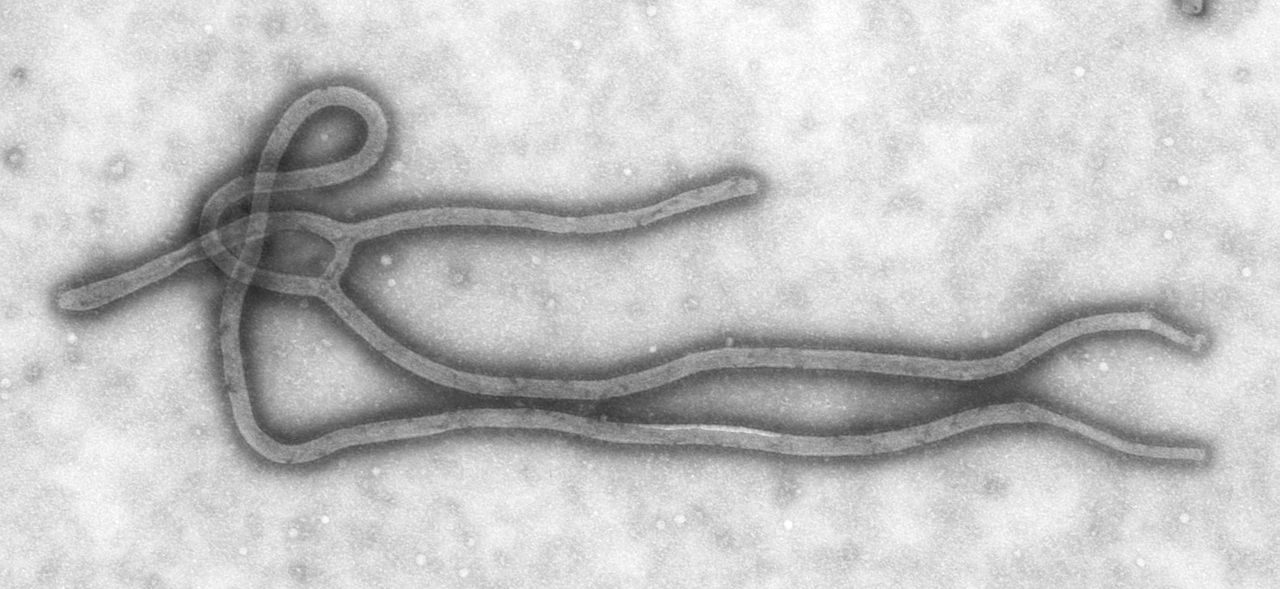Difference Between Positive and Negative Sense RNA Virus
Table of Contents
Key Difference – Positive vs Negative Sense RNA Virus
Positive sense and negative sense DNA refer to the coding sequence and non-coding sequence (template) respectively. If a DNA sequence directly gives the same mRNA sequence from the transcription, it is known as positive sense or sense DNA. If a DNA sequence produces complementary mRNA sequence from the transcription, it is known as negative sense or antisense DNA. In respect to virology, the genome of an RNA virus is referred to as either positive sense or negative sense. Positive sense RNA virus possesses a single-stranded RNA genome that can work as mRNA sequence and directly translate to produce the amino acid sequence. Negative sense RNA virus contains a single-stranded RNA genome that produces complementary mRNA sequence from the transcription. This is the key difference between positive and negative sense RNA virus.
CONTENTS
1. Overview and Key Difference
2. What is Positive Sense RNA Virus
3. What is Negative Sense RNA Virus
4. Similarities Between Positive and Negative Sense RNA Virus
5. Side by Side Comparison – Positive vs Negative Sense RNA Virus in Tabular Form
6. Summary
What is a Positive Sense RNA virus?
A positive sense RNA virus is a type of virus that contains a positive sense single-stranded RNA as its genetic material. These viruses have the ability to function as messenger RNA and have the potential to be translated directly into protein inside the host. According to the Baltimore classification system, positive sense single-stranded RNA virus belongs to the group IV. These RNA viruses are responsible for a larger fraction of RNA viruses including Hepatitis C virus, West Nile virus and dengue virus and the viruses responsible for SARS and MERS. They also include in the category that causes mild disease conditions such as common cold.
Since positive sense RNA virus genomes have the ability to act as messenger RNA, their genomes directly translated into proteins by host ribosomes. Once viral proteins are produced inside the host, they recruit the RNA to produce viral replication complexes. Viral replication continues through double-stranded RNA intermediates.

Figure 01: Positive Sense RNA virus – Hepatitis C
The involvement of double-stranded RNA provides the opportunity for the virus to invade immune responses. All these virus genomes encode the synthesis of a type of RNA protein known as RNA dependent polymerase. In these phenomena, RNA is synthesized from an RNA template. There are few types of host cell proteins that are recruited by these positive sense single-stranded RNA virus. These include RNA binding proteins, membrane remodelling proteins, chaperone proteins. All these proteins involve in the exploitation of host cells secretary pathways needed for viral replication.
What is a Negative Sense RNA virus?
In the context of Negative sense RNA virus, the genetic material that is present in such virus gives complementary mRNA sequence after transcription. Therefore, they are referred to as a negative-sense single-stranded RNA virus or Antisense RNA viruses. Negative sense single-stranded RNA virus contains complex genomic sequences. Also, it contains a complex replication process and cell cycle. The significant fact about negative sense single-stranded RNA virus utilizes different protein complexes in the arrangement of different conformations in order to process different processes in the context of replication of RNA genomic sequences and survival of the virus.

Figure 02: Negative Sense RNA Virus
As mentioned above, negative-sense single-stranded RNA virus has complex nature and thereby they have the ability to evade immune responses by the suppression of innate immunity. Thus, it can infect cells and involve in the construction of capsids that are unique to each variety of negative-sense single-stranded RNA viruses. These RNA viruses need RNA polymerase in order to form a positive sense RNA. Examples of negative sense single-stranded RNA viruses are influenza virus, measles virus and rabies virus.
What are the Similarities Between Positive and Negative Sense RNA Virus?
- Both Positive and Negative Sense RNA Virus are RNA viruses.
- Both Positive and Negative Sense RNA Virus have the ability invade host cells and cause detrimental effects.
What is the Difference Between Positive and Negative Sense RNA Virus?
Positive vs Negative Sense RNA Virus | |
| Positive sense RNA virus contains a single-stranded RNA as their genetic material that can work directly as mRNA. | Negative sense RNA virus contains a single stranded RNA as their genetic material that produces the complementary sequence of mRNA. |
| Production of Positive Sense RNA | |
| Positive sense RNA virus genome works as mRNA directly during the production of proteins. | Negative Sense RNA virus genome should produce positive sense mRNA sequence from its genome using RNA polymerases. |
| Examples | |
| Hepatitis C virus, West Nile virus, dengue virus and the viruses responsible for SARS and MERS are examples of positive sense RNA viruses. | Influenza virus, measles virus and rabies virus are examples for negative sense RNA viruses. |
Summary – Positive vs Negative Sense RNA Virus
A positive sense RNA virus is a type of virus that contains a positive sense single-stranded RNA as its genetic material. They also have the ability to function as messenger RNA and have the potential to be translated directly into protein by the host ribosomes. In Negative sense RNA virus, the genetic material that present cannot work as mRNA sequence. They should produce positive sense mRNA by the complementary RNA sequence that can be produced by the genome. these viruses are very complex, and thereby they have the ability to evade immune responses by the suppression of innate immunity of the host. This is the difference between Positive sense and Negative sense RNA virus.
Download the PDF of Positive vs Negative Sense RNA Virus
You can download the PDF version of this article and use it for offline purposes as per citation note. Please download the PDF version here: Difference Between Positive and Negative Sense RNA Virus
Reference:
1.Boundless. “Positive-Strand RNA Viruses in Animals.” Positive-Strand RNA Viruses in Animals | Boundless Microbiology. Available here
Image Courtesy:
1.’HCV EM picture 2’By Maria Teresa Catanese, Martina Kopp, Kunihiro Uryu , and Charles Ricederivative work: TimVickers (talk) – HCV_pictures.png, (Public Domain) via Commons Wikimedia
2.’Ebola Virus TEM PHIL 1832 lores’By Cynthia Goldsmith – This media comes from the Centers for Disease Control and Prevention’s Public Health Image Library (PHIL), (Public Domain) via Commons Wikimedia
ncG1vNJzZmivp6x7pbXFn5yrnZ6YsqOx07CcnqZemLyue8OinZ%2Bdopq7pLGMm5ytr5Wau268zqygraGmmnqiusNmraxlnpq0osDIr5xmq5WjwKZ50aeYZq6Zp8K0ew%3D%3D